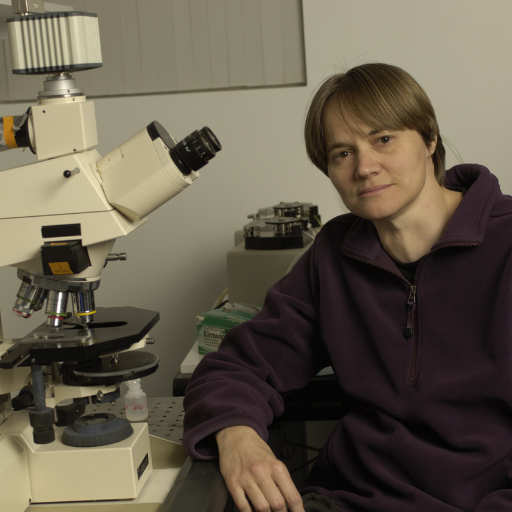Are Mice Good Models of IOP Regulation in Human Eyes?

About the Research Project
Program
Award Type
Standard
Award Amount
$100,000
Active Dates
July 01, 2011 - June 30, 2013
Grant ID
G2011020
Acknowledgement
Goals
The success of glaucoma therapies depends on how well they lower pressure in the eye, and these therapies are often developed with the help of animal models such as mice. However, it is not entirely clear whether the mechanisms controlling pressure in mouse eyes are representative of the pressure controlling mechanisms in human eyes. This project investigates whether mice are good animal models in which to develop better therapies to more successfully lower pressure in human eyes.
Grantee institution at the time of this grant: Tulane University
Summary
The success of glaucoma therapies depends on how well they lower pressure in the eye, and successful therapies are often developed with the help of animal models such as mice. However, a drug found to lower pressure in mice is useless in humans if the machinery controlling eye pressure is different between the two species. Recent studies suggest that pressure regulation in some strains of mice relies more heavily on a secondary or “uveoscleral” pathway for fluid drainage from the eye, while human pressure regulation depends more on the primary or “trabecular” drainage pathway. Not all strains of mice, however, appear to exhibit the same preference for drainage routes, suggesting that some strains may better represent the trabecular pressure regulation as occurs in humans. In this project, Dr. Darryl Overby and colleagues will examine genetically distinct strains of mice chosen based upon their apparent differences in drainage behaviour, with the goal to identify which of these strains best mimics the machinery that controls pressure in human eyes. This is an important first step towards establishing a reliable mouse model that can be used to develop better therapies that more successfully lower pressure and preserve vision in glaucoma patients.
Progress Updates
Dr. Overby’s team’s progress over the past year has established that mouse eyes share similar pressure-regulating pharmacological and physiological mechanisms as previously reported in human eyes. These studies will help to establish whether mice are good animal models in which to screen and develop improved therapies to more successfully lower pressure in human eyes, ultimately to better preserve vision in glaucoma patients.
Related Grants
National Glaucoma Research
Interleukin-10 As a Neuroprotective Factor in Glaucoma
Active Dates
July 01, 2025 - June 30, 2027

Principal Investigator
Tatjana Jakobs, MD
Current Organization
The Schepens Eye Research Institute, Mass. Eye and Ear
National Glaucoma Research
From Resilience to Vulnerability: How Stress Accelerates Aging
Active Dates
July 01, 2025 - June 30, 2027

Principal Investigator
Dorota Skowronska-Krawczyk, PhD
Current Organization
University Of California, Irvine
National Glaucoma Research
Novel Mechanisms to Regulate Eye Pressure
Active Dates
July 01, 2025 - June 30, 2027

Principal Investigator
Colleen McDowell, PhD
Current Organization
University of Wisconsin-Madison



